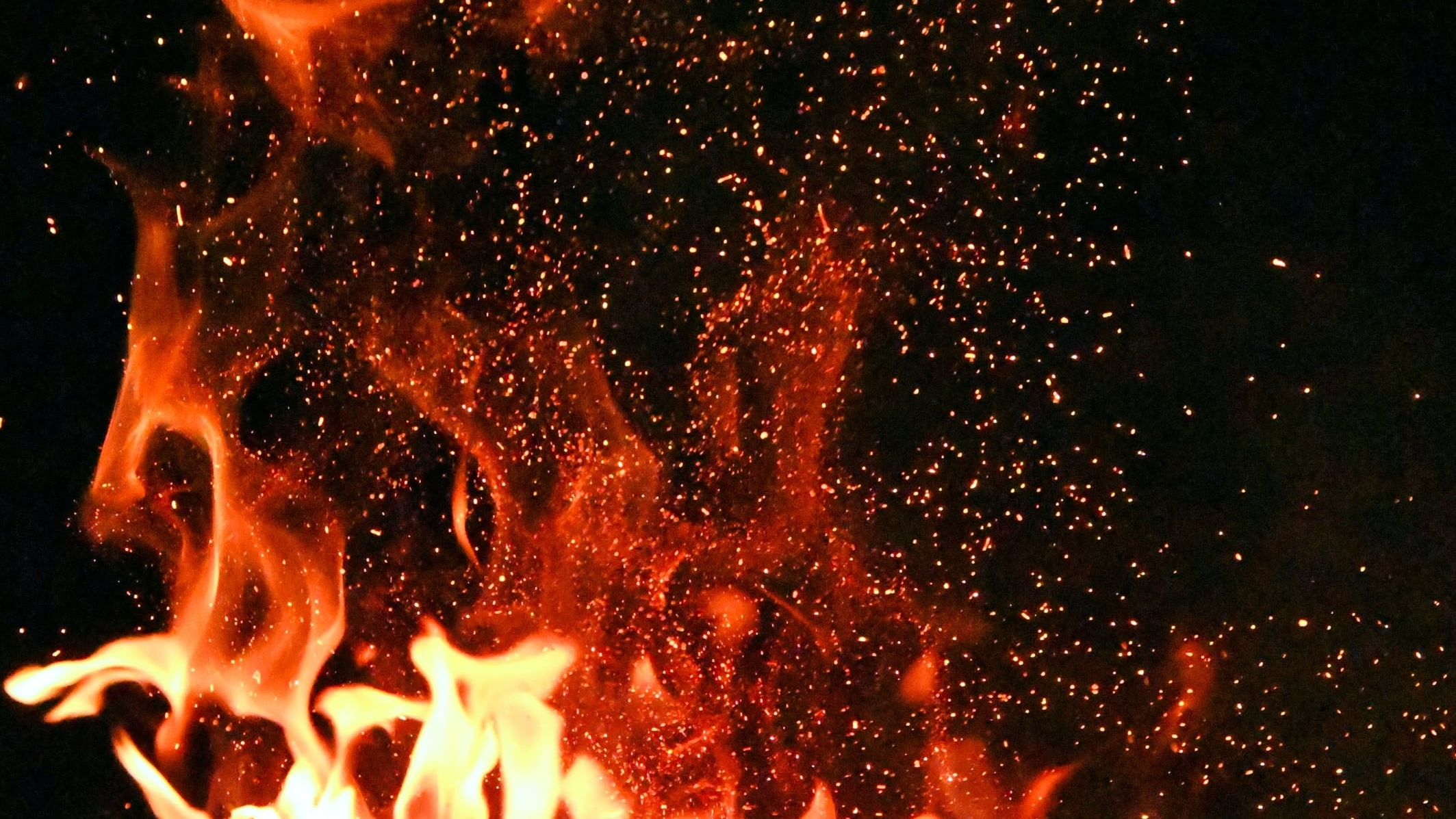
Fire safety is an important consideration for construction professionals. Any building open to the public must respect fire prevention and safety measures. The installation of specific systems, including fire alarms and evacuation systems, is indispensable to ensure the safety of people in such buildings. In addition, special care must be taken from the design of the building. On one hand, the construction must be designed to allow a rapid evacuation. On the other hand, the materials used must also meet specific standards. These standards demonstrate the resistance capacity of the construction elements to flames.
The reaction to fire permits the evaluation of a material’s reaction to fire. In other words, it is a question of evaluating if the material will fuel the fire or not. There are two classifications: the French and the European.
The M classification consists of 5 separate categories that define the material’s reaction to fire. It was established by laboratories approved by the Ministry of the Interior and can be broken down as follows:
M0: The material is considered non-combustible
M1: The material is considered combustible but non-flammable
M2: The material is considered combustible but flame retardant
M3: The material is considered combustible and moderately flammable
M4: The material is considered combustible and highly flammable
Previously also used for other materials, the French M classification is now used for materials intended for furnishings. The European classification is preferred today for building materials. It provides more information, particularly by considering the production of smoke and the projection of droplets or particles.
Since 2002, the M classification has been replaced by Euroclasses, a European classification of reaction to fire, specifically for construction materials. The Euroclasses classification is determined based on tests conducted in specialized laboratories that evaluate the reaction of a material to fire in accordance with the standard EN-13501-1. The classification system is divided into several categories that characterize the degree of flammability of the material. The code classifies a material’s reaction to fire from A to F (A being the best classification). Euroclasses also take into account two essential elements:
s1 : low smoke emission
s2 : medium smoke emission
s3 : significant smoke emission
d0 : no fall of burning droplets
d1 : limited fall of burning droplets (lasts for less than 10 seconds)
d2 : unlimited fall of burning droplets (lasts for more than 10 seconds)
Wood and wood derivatives are flammable materials that require a flame-retardant protection. Intumescent products are a suitable solution to protect living areas and their occupants against fire. The speciality of intumescent coatings is that they produce a microporous foam, known as a “meringue”, when in contact with heat. This formation slows the wood’s temperature rise and limits the fire’s spread. The flame-retardant finishes in the F’Lineo range meet these challenges perfectly.
F’Lineo solutions can be applied to wood and wood-based materials used indoors and outside (under shelter). These ready-to-use professional products provide a high degree of protection against the risk of fire, in accordance with the standard NF EN 13501-1:
– A white intumescent paint for wood. This does not require any extra finish and allows a fire classification of B-s1-d0
– Intumescent varnishes. These can be applied to wood and wood derivatives (plywood, OSB, MDF) indoors and outside (under shelter): The W’fire WB F003 allows a fire classification of B-s2-d0, and the W’fire WB F003 allows a fire classification of B-s1-d0
To learn more about F’Lineo intumescent coatings, our team is at your disposition for any further information.